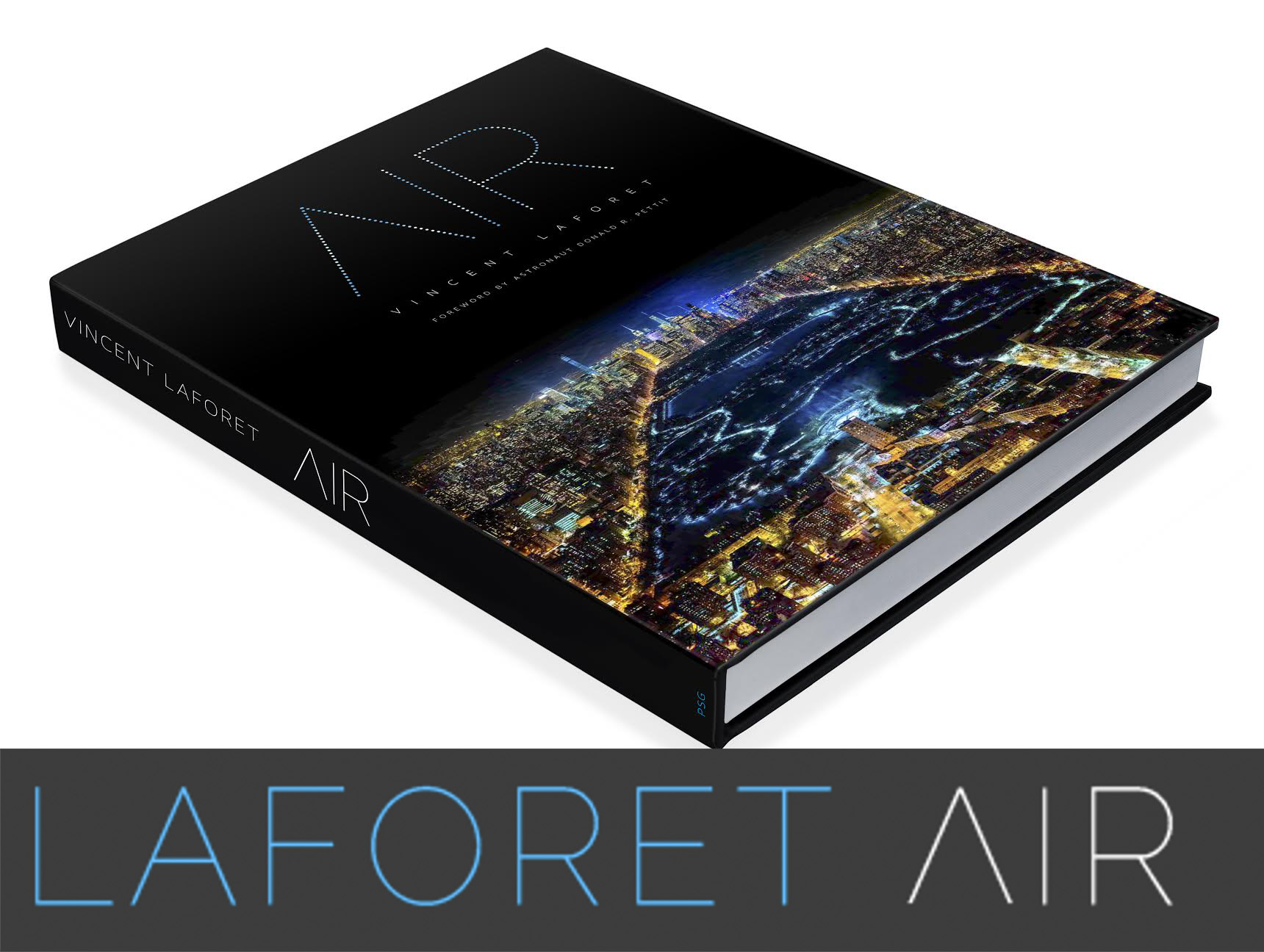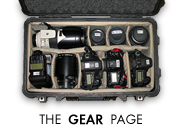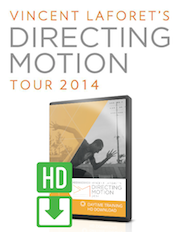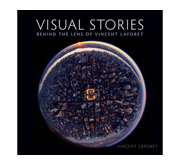Thoughts on “House” Finale
I have to admit that on a technical level (and overall) the Season Finale of House was STUNNING. I had to pinch myself a few times and I have to admit that the question: “Was this REALLY shot w/ the Canon 5D MKII” did run through my mind more than once. The full episode will be available on Fox’s site in 7 days for those who missed it, or of course on iTunes.
Three things stood out:
1. The lens sharpness was phenomenal. Why? The lighting. Sure we all caught some glimpses of people/faces falling out of focus at times – something all 5D MKII and HDDSLR operators are well acquainted with… I’m sure this could be remedied with many of the newer 3rd party lens options out there today. I am told this episode was shot with Canon EF Lenses – including the 24~70mm 2.8 and 70~200mm 2.8 – lenses that are particularly difficult to set focus marks with, as they were never really intended to be used as cinema lenses.
2. The image quality was phenomenal. No noise. No artifacting whatsoever. No blocking up of shadows. Why? In my opinion: The lighting.
3. The Lighting throughout was phenomenal. Basically – it was lit in a very similar way if not identical way to the high standard that House has been filmed in the past. DP Gale Tatersall understood something that I have formulated over the past 2 years with the Canon 5D MKII: While the camera does produce incredible results in low light – you still need to light for it carefully – and often, you’ll end up lighting it in very similar ways to how you would light for just about any camera out there. The difference is that you may need 1-2 stops less overall in lighting at times.
So yes, you may need less light, BUT – the quality of the light and the time and care you invest in it won’t change if you want to get the results Gale got with this season finale. The point is: this season finale would probably have looked good on any camera out there – it just so happens that Gale proved that when you give the Canon 5D MKII good material – it can play with many of the big boys out there.
To date, my conclusion is that the Canon 5D MKII and HDDSLRS in general offer an incredible entry into filmmaking for a wide variety of individuals that would otherwise never have access to similar tools that would allow them to obtain the “professional film” look. The economic barrier that has been around for so long (in terms of the incredibly high cost of cinema equipment) is being chipped away in part – due to the low cost of these camera bodies.
For productions – the lightweight nature, small size of the camera body, and full frame sensor offers great advantages – in that the camera is smaller, lighter and much more nimble – not to mention cheaper. It also will offer up new technical challenges that cannot be ignored – and a Director/DP that is aware of how to overcome them will become an incredibly important asset to any production. This new technology offers almost any production out there the choice of shooting multiple cameras simultaneously – and to work a little faster (though not magically, at lightning speed – as some people would wish!) both due to it’s low light performance, and lighter weight. In low light, and at night – this camera simply sings. However – good lighting, great crews, the time it takes to put together a great production – won’t go away anytime soon. And if anything – that’s what this episode proved to me: Gale has incredible talent, and was surrounded by an incredibly talented team of professionals – and they produced incredible work as a result – in some ways the Canon 5D MKII was simply along for the ride – and definitely rose to the occasion.
I’d be remiss if I didn’t compliment the director Greg Yaitanes and the screenplay writers for what was an extremely strong screenplay and great direction. Besides being a technical triumph of sorts – this was also one of my favorite House episodes to date. Once again: the content was there and it was very well told.
Lastly – I did mention in the last post that the production cost more and took longer to shoot than normal. Clearly – the Canon 5D MKII was very likely NOT the cause… the production value on this episode was HUGE – relative to a standard episode: large cast of extras, destruction, and mayhem after a crane collapse into a building.













One particular scene at the end made me think the DoP and Art Director of the “House” finale were masters:
When House was kissing the girl in the bathroom, several times they cut to a view from outside in the hallway. On the wall was the shadow of a swaying tree branch, dancing back and forth.
Back and forth like two lovers trying to find themselves in a chaotic and uncertain world.
That’s craftsmanship and artistic vision. If the Canon 5d, (and related HDDSLR family) can capture that artistry, then it has earned it’s place among all the other tools.
(btw: I took your Into to HDDSLR workshop at CreativeLIVE.com, Vince, (and bought the downloads) and it was incredibly helpful. Thanks again for an inspiring experience.
Vincent:
Where can we find more explanation or a list (if you will) to some of the lenses that work well on the 5D as “video lenses”, and by that I mean DSLR lenses that are meant to be used with video and not just still imagery. I’ve used the 70-200m 2.8 that you mentioned above and now I find myself looking for other solutions. Specially zoom lenses, very hard to understand which can be better suited for video.
I’m curious. What is House usually filmed on?
Jason R. Johnston Reply:
June 14th, 2010 at 2:43 pm
@Baron, From Tattersall’s Twitter: “[Kodak] vision 3 5219 500T for our interiors and 5207 250D for our exteriors”.
Is there a definite lens list? I swear some POVs are very familiar… like 50L, 35L – wide open, of course
House is usually filmed on 35mm, apparently not Panavision. Probably Arri, I imagine. Filmstock, not sure.
I think they used most if not all of the L-primes.
There are no DSLR lenses that are meant to be used with video specifically so far, except maybe the new Zeiss lenses, which cost a fortune.
Optically there’s not necessarily anything different between a still lens and a cinema lens. Mechanically, cinema lenses tend to have a longer focus throw with a larger ring, and a larger, easier to access aperture ring with t-stops instead of f-stops.
Older manual Nikon or Zeiss ZF lenses, with an adapter like the Fotodiox, tend to work well as video lenses on a Canon DSLR because they were designed to be focussed and operated manually. Optically, they’re still great if in good condition, and really hold their value as well.
Vincent: Can your statement 3 above (about lighting) be re-stated as, “dynamic range is about the same but the amount of light needed is less by one or two stops?”
Doug Reply:
May 20th, 2010 at 2:12 am
@Speed, sir the dynamic rage of the 5dmkii is no where near film, it is simply better in low light. there are some online video reviews where they actually have a big demonstration and expert panels.
Wow, I really can’t wait to see this. Amazing.
lighting in that episode was key and goes to show that the 5D can hold up on a major production as long as all other filmmaking principles are followed. (ie. lighting!) we have seen some great things that the 5D can do in low light, but in this case, HOUSE did everything the same in terms of large scale production, then just swapped the camera to the 5D. it looked great.
I am now absolutely looking forward to watch this episode.
The show was incredible…I mentioned this on other blogs/forums and I’ll def say it again
I already own a 5DMKII and this makes me wanna go out and buy another for the fact of…how good they are, how small and how cheap
I think the awesome Vincent and Greg proved…theres no excuses anymore, get out there and start shooting some amazing stuff
that is some freaky focus work… just amazing to see what happens when pros play with cool gear.
hello future.
Cinema lenses have a couple of special features. First is that the aperture marking are in T-stops. The difference is that a T-Stop of 2.0, is an aperture of 2.0 with a theoretical lens that doesn’t darkens at all. So a real lens might have a marking of 2.1 or 2.2. That means that at 2.0 of physical aperture, it lets as much light as a perfect lens at 2.0. So, if you use the same film stock, you can get exactly the same exposure with different cameras and lenses by using the same T-stops.
As was previously said, not only is necessary a large progressive throw in the focus ring, it has to have precision markings for distance (i.e. feets and meters). Why, because the actors have set markings of where to stand, and the focus puller sets the markings on the lens for each scene with great care and precision. If the actor hits the markings, the focus is perfect. Canon EF lenses use a slipping servo to drive the focus, so you don’t really have precision marking nor slow throw.
Other problem is that it might change the FOV as you change focus. This is not that important in a photographic lens, but it’s not nice in a motion picture.
Another problem is with zoom lenses. When you zoom a lens, it might slightly change the focus plane as you zoom. Again, not a problem for a photographer, but not good for a cinema lens.
Now think what I said about the focus marking in a zoom that has focus shifting when zooming.
Or one that doesn’t exactly keeps its aperture while focusing. Or a lens that does keep its aperture while focusing but slightly changes its luminance.
As you see, a cinema lens designer has to take a lot more issues in account when doing a cinema lens. And that’s also why a cinema zoom lens is so expensive. I’m sure that scale of economics is a big cost factor. But it does take a lot more factors to design and build a cinema lens.
Richard van den .. Reply:
May 30th, 2010 at 8:07 am
@Alejandro Belluscio, given that this must be true, I wonder if having a remote follow-focus will be of any value with Canon L-Series lenses. I know that Viewfactor.net will be releasing a new USB-connected product soon that uses the USM motor in these lenses. Do you think this will be usable at all?
Interview with Gale about shooting the finale.
http://www.videography.com/article/95134
I believe that the Zeiss/ARRI “junior” lenses are now available for the Canon mount. Not just the ZF style Zeiss lenses, but the real video lenses with T-stops, precise focus and the like.
Michael Reply:
May 19th, 2010 at 9:53 pm
@David Hoyt, yes and those are pretty expensive although really good for focusing. Compact Prime (CP.2) series at around 3.5k each.
From what I’ve heard, the glass is the same as its ZF series but with better mechanisms.
INteresting that the lighting equipment wasn’t necessarily the most expensive. Some of it lit with Home Depot work lights. Gale talks about why he used the 5DM2, lighting, and more here: http://bit.ly/bfUcPA
Vincent,
Thanks for you last two posts about the season finale of House. I think it’s awesome that DP Gale Tatersal decided to use the 5d for this episode. It showcases what the camera is truly capable of and it proves that the technology in a relatively inexpensive camera can go toe to toe with the big gun 35mm cinema cameras.
However, I think you hit a couple of major points that I think are often glazed over by most.
You mention that regardless of the 5D’s capability to produce fantastic quality in low light, you still need to light carefully. Attention to detail with lighting and composition are imperative to producing good results. No matter how good the camera, the quality of the end product is based largely on what you (the user) do with that camera.
Secondly, I love that you pointed out that the season finale of House cost more than the shooting of a regular episode. True, there were more special effects and extras. But, I think it is often overlooked that the production of a large shoot is still expensive!!! Any high quality, high production shoot is going to cost an incredible amount of money. The use of the 5D on House wasn’t done to save coin. It was done to prove what it’s capable of. I think it’s great that D-SLR’s are now HD video capable. It opens up the world of video to so many more users. The cost of entry into video is now down to a couple of thousand dollars. (Incredible considering what that cost used to be.) But, the cost of producing professional quality results (like this episode of House) will always cost an exorbitant amount of cash.
I think there are some out there who believe that the new HD capable DSLR’s are the magic bullet that will drive the cost of high production video down so low, that any Joe off the streets will be able to produce the same results for a fraction of the cost. Simply not true. I think you made that point very clear.
To me, the amazing part of this whole DSLR- HD video revolution is the fact that it opens the technology to so many more users. But more importantly (as you noted) this technology allows for a variety of shots that one could never have obtained before. Due to it’s light weight and small size, one is able to put a camera where they never would have ever dreamt of taking a 35mm cinema rig.
Enough of my ramblings and I apologize if I come off a little long winded. Thanks so much for these recent postings. I think your posts and commentary really “hit the nail on the head” here Vincent.
And thanks for the time and effort you put into your blog. I love your insights and openness to sharing your knowledge.
Cheers.- Ian Coble
I’d still be interested in hearing about the post production of this episode. Shooting h264 is an issue in post with grading. I’d like to hear who did it and on what gear.
this was an awesome episode, it’s good to see that the TV and movies are using new methods and workflows to tell their story. can’t wait to see where all this DSLR videography is going.
好久没来了,来送你新的祝福啊 呵呵
有空来看看我哦,
This is a great moment, as you’ve said. I’ve watched 2x feature films shot only with one (pro) camera, because that’s all the producers could afford.
The 5DII has not yet been picked up by the serious film world, but as new lenses become available, this will surely change.
House is usually filmed on 35mm,Check out his thoughts and a short clip from the show, You can watch the full House episode over at.
***********
Kevin Smith
rel=”dofollow”<House Help Desk